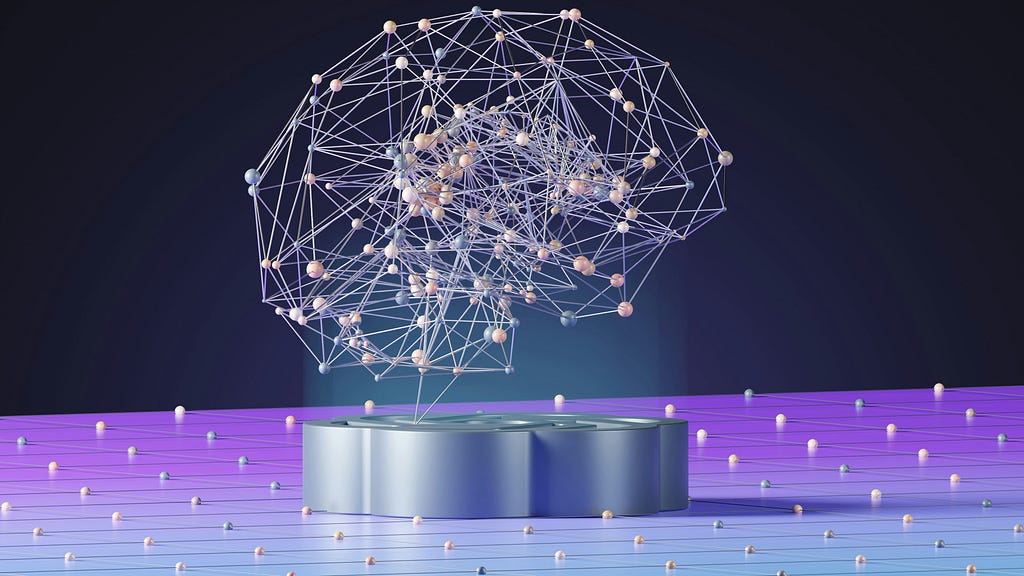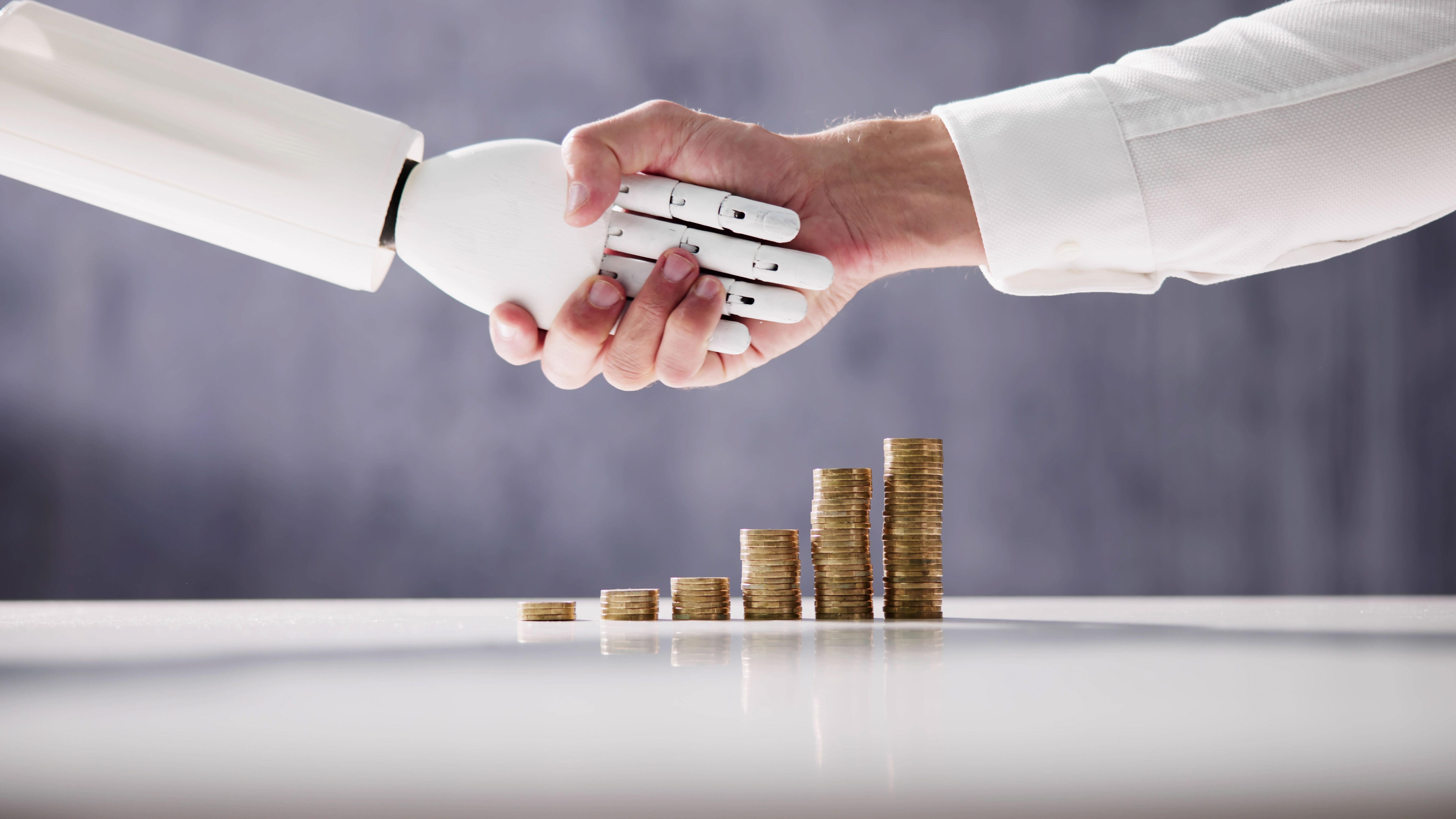Human Minds vs. Machine Learning Models
Exploring the parallels and differences between psychology and machine learningDisclaimers:This blog post was co-authored with my friend, Dee Penco, a certified therapist and counsellor.For the past 2.5+ years, Dee and I have spent hours and hours discussing and reasoning human behaviours, which has sparked my passion for psychology. With time, we cross-shared ideas about psychology and ML/AI modelling concepts.While I found parallels between these fields, I asked Dee if she could explain how humans function and make decisions. Being intrigued by the rise of artificial general intelligence (AGI), my question was: Do humans follow the same steps in generating outputs as machine learning does, and how feasible is it to mimic human-like decision-making?To my great joy, Dee decided to write this post with me, to share a dual perspective on how humans vs. ML models create outputs.In the text below, we sometimes interchange AI and ML as terms, but we understand they are not the same, and that ML is a subset of AI.“If your mind is a swirling galaxy of influences, an ML model is more like a solar system with defined orbits. Both revolve and evolve, just at different scales of complexity.” [Photo by Growtika on Unsplash]The year 2024 was big in recognizing machine learning and artificial intelligence contributions.The Nobel Prize in Chemistry was awarded for advancements in protein science: David Baker for creating new kinds of proteins, alongside Demis Hassabis and John Jumper for developing an AI model that solved a 50-year-old challenge of predicting proteins’ complex structures.Furthermore, John Hopfield and Geoffrey Hinton were awarded the Nobel Prize in Physics for their work on artificial neural networks, brainlike models capable of recognizing patterns and producing outcomes that resemble human decision-making processes.Although artificial intelligence increasingly and more accurately models human problem-solving and decision-making, the mechanisms behind human cognition still need to be fully understood.The psychology of human (re-)action involves complex interconnected dimensions, shaped by layers of conscious and subconscious factors.— So, what sets human and ML/AI models apart in generating outputs?To address this question, let’s explore these two worlds — psychology and machine learning — and uncover the connections that shape how humans and human-created AI models produce outputs.The aims of this post are:Bring high-level professional psychology explanations closer to technical readers on what affects human decision-making.Showcase the high-level machine learning (ML) modelling process and explain how ML models generate outputs to non-technical professionals.Identify the differences and similarities between the two processes—the human and the machine—that produce outputs.Psychology aspect: How do humans generate outputs? | By DeeBefore I start writing this section, I want to emphasize that every psychologist worldwide would be thrilled if there were a way for people to function more simply — or at least as simple as AI or ML models.Experts in AI and ML are probably appalled by what I just said because I implied that “AI and ML are simple.”— But that wasn’t my intention.I only mean to emphasize how much simpler these models are compared to the complexities of humans.When Marina was explaining, at a high level, how machine learning modelling works — I couldn’t help but think:If we could “reduce” humans to this “straightforward” methodology, we would cure most psychological problems, transform lives for the better, and dramatically improve overall population wellbeing.Imagine if a person could receive input(s), pass them to some internal algorithms that could determine the weight, importance, and quality of that input, make the most likely prediction, and, based on that, produce a controlled output — thought, emotion, or behaviour.But unlike ML or AI, the human mind processes information in far more complex ways, influenced by numerous interconnected factors.From this point, I’ll stop speculating about what happens within an AI or ML model and explain the “human” modelling flow.To illustrate the concept, I will discuss several factors influencing humans’ decision-making.For this, I invite you to imagine a person as a “black box pre-trained model”. In other words, a model already comes pre-loaded with knowledge patterns, and weights learned in the training step.These patterns and weights or factors vary from person to person and are known as:(1) Intelligence and IQ(2) Emotional world and EQ(3) Conscious world — what the “model” has learned so far: values, experiences, purpose(4) Unconscious and subconscious world — what the “model” learned and repressed so far — short-term/long-term memory + (again) values, experiences, purpose(5) Genetic predispositions — what we’re born with(6) Environment — social, cultural, physical(7) Physiological needs — Maslow’s Hierarchy (Hierarchy of Needs)(8) Hormonal + physiolo

Exploring the parallels and differences between psychology and machine learning
Disclaimers:
- This blog post was co-authored with my friend, Dee Penco, a certified therapist and counsellor.
- For the past 2.5+ years, Dee and I have spent hours and hours discussing and reasoning human behaviours, which has sparked my passion for psychology. With time, we cross-shared ideas about psychology and ML/AI modelling concepts.
- While I found parallels between these fields, I asked Dee if she could explain how humans function and make decisions. Being intrigued by the rise of artificial general intelligence (AGI), my question was: Do humans follow the same steps in generating outputs as machine learning does, and how feasible is it to mimic human-like decision-making?
- To my great joy, Dee decided to write this post with me, to share a dual perspective on how humans vs. ML models create outputs.
- In the text below, we sometimes interchange AI and ML as terms, but we understand they are not the same, and that ML is a subset of AI.

The year 2024 was big in recognizing machine learning and artificial intelligence contributions.
The Nobel Prize in Chemistry was awarded for advancements in protein science: David Baker for creating new kinds of proteins, alongside Demis Hassabis and John Jumper for developing an AI model that solved a 50-year-old challenge of predicting proteins’ complex structures.
Furthermore, John Hopfield and Geoffrey Hinton were awarded the Nobel Prize in Physics for their work on artificial neural networks, brainlike models capable of recognizing patterns and producing outcomes that resemble human decision-making processes.
Although artificial intelligence increasingly and more accurately models human problem-solving and decision-making, the mechanisms behind human cognition still need to be fully understood.
The psychology of human (re-)action involves complex interconnected dimensions, shaped by layers of conscious and subconscious factors.
— So, what sets human and ML/AI models apart in generating outputs?
To address this question, let’s explore these two worlds — psychology and machine learning — and uncover the connections that shape how humans and human-created AI models produce outputs.
The aims of this post are:
- Bring high-level professional psychology explanations closer to technical readers on what affects human decision-making.
- Showcase the high-level machine learning (ML) modelling process and explain how ML models generate outputs to non-technical professionals.
- Identify the differences and similarities between the two processes—the human and the machine—that produce outputs.
Psychology aspect: How do humans generate outputs? | By Dee
Before I start writing this section, I want to emphasize that every psychologist worldwide would be thrilled if there were a way for people to function more simply — or at least as simple as AI or ML models.
Experts in AI and ML are probably appalled by what I just said because I implied that “AI and ML are simple.”
— But that wasn’t my intention.
I only mean to emphasize how much simpler these models are compared to the complexities of humans.
When Marina was explaining, at a high level, how machine learning modelling works — I couldn’t help but think:
If we could “reduce” humans to this “straightforward” methodology, we would cure most psychological problems, transform lives for the better, and dramatically improve overall population wellbeing.
Imagine if a person could receive input(s), pass them to some internal algorithms that could determine the weight, importance, and quality of that input, make the most likely prediction, and, based on that, produce a controlled output — thought, emotion, or behaviour.
But unlike ML or AI, the human mind processes information in far more complex ways, influenced by numerous interconnected factors.
From this point, I’ll stop speculating about what happens within an AI or ML model and explain the “human” modelling flow.
To illustrate the concept, I will discuss several factors influencing humans’ decision-making.
For this, I invite you to imagine a person as a “black box pre-trained model”. In other words, a model already comes pre-loaded with knowledge patterns, and weights learned in the training step.
These patterns and weights or factors vary from person to person and are known as:
- (1) Intelligence and IQ
- (2) Emotional world and EQ
- (3) Conscious world — what the “model” has learned so far: values, experiences, purpose
- (4) Unconscious and subconscious world — what the “model” learned and repressed so far — short-term/long-term memory + (again) values, experiences, purpose
- (5) Genetic predispositions — what we’re born with
- (6) Environment — social, cultural, physical
- (7) Physiological needs — Maslow’s Hierarchy (Hierarchy of Needs)
- (8) Hormonal + physiological status — Neurobiology, Endocrine System, Arousal
- (9) Decision-making centres — Id, Ego, Superego that separate entities within us
- (10) Intuition creativity — which can be considered part of the above-grouped variables or separate entities on their own (Intuition, Divergent Thinking, Flow State)
So far, we have identified 10 factors that vary for each person.
I want to emphasize that they are all interconnected and sometimes so “fused” together that they can even be compounded.
In addition, each one can be thicker or thinner and may contain “particles”, or information that is either predominant or deficient.
- For example, the hormonal factors may have a predominant hormone (such as serotonin, which affects mood; cortisol in response to stress; dopamine, which is essential for excitement, etc.). The intellectual factor can be higher or lower.
Now imagine that there is some algorithm inside the person constantly rearranging the order of factor importance, so one may sometimes end up in the front, sometimes in the middle, and sometimes in the back.
- Let’s take the physiological needs — hunger for example. If you place it right up front, it will dictate which information reaches the second, third, fourth, etc.; the output will depend on that.
In other words, if you make decisions while hungry, the output will probably not be the same as when you would have your stomach full.
What's Your Reaction?





















































